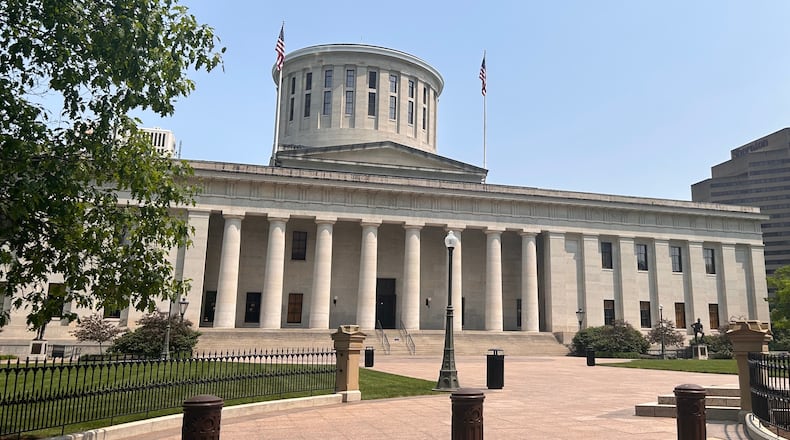A Dayton Daily News analysis shows that enrollment at private schools in six area counties grew only 3.7% last year, despite over three times as many private school vouchers being handed out by the state. This comes at the end of the first school year following the state’s drastic expansion of its school choice program.
This story is free
We've opened this story as free to help you experience the important and entertaining journalism we're producing. Here are some ways you can follow our work:
- • READ: Ohio spent nearly $1B on private school vouchers. Who did they benefit?
- • READ: Technical error in Ohio funding formula means some schools were overpaid
- • SIGN UP: Get the news of the day delivered to your inbox every morning with our free Morning Briefing newsletter.
- • SUBSCRIBE: Like what you see? Explore all special offers here
“Do I believe that was the intent all along? Yes, absolutely,” House Minority Leader Allison Russo, D-Upper Arlington, told reporters last week.
Senate President Matt Huffman, R-Lima, told reporters that his goal with expanding vouchers was merely to give Ohio families more flexibility on where their children go to school.
“The private schools who really need (this) money are in inner city Columbus and Dayton and Cincinnati and Cleveland, and in Lima for that matter,” Huffman said. “Those are serving students who don’t have the financial option to move, as they say, to a better school district. I think it’s a great program.”
Huffman also contends that the average school voucher given out by the state last year (around $6,000) is cheaper than the average cost of a student going to public schools, which he put at about $14,500.
“The taxpayer gets a good deal with each student that takes one of these scholarships and goes to a less expensive alternative school,” Huffman said.
The state awarded nearly $1 billion through the expanded program in its first year, over $30 million more than had been estimated when the state ran the numbers before expansion. And that number could grow as awards have not been finalized.
Russo told this news organization that she’s worried that the state does not have a cap on how much it’ll spend on private school vouchers — which means the total check goes up as more Ohio families request the vouchers.
“At some point in the future, in the very near future, because we have limited resources in our state budget and we have to have a balanced budget, we are now competing,” Russo said. “The public school funding will be usurped by the voucher funding, and that is very alarming to me. And yes, I think that has been the intent all along.”
Senate Minority Leader Nickie Antonio, D-Lakewood, told this news organization that if private schools are accepting droves of public money, “there should be the same level of scrutiny, accountability and transparency. That’s what we’re not seeing and I think that is a huge problem.”
For more stories like this, sign up for our Ohio Politics newsletter. It’s free, curated, and delivered straight to your inbox every Thursday evening.
Avery Kreemer can be reached at 614-981-1422, on X, via email, or you can drop him a comment/tip with the survey below.
About the Author

